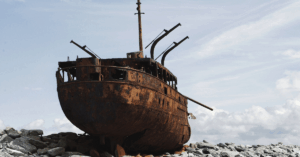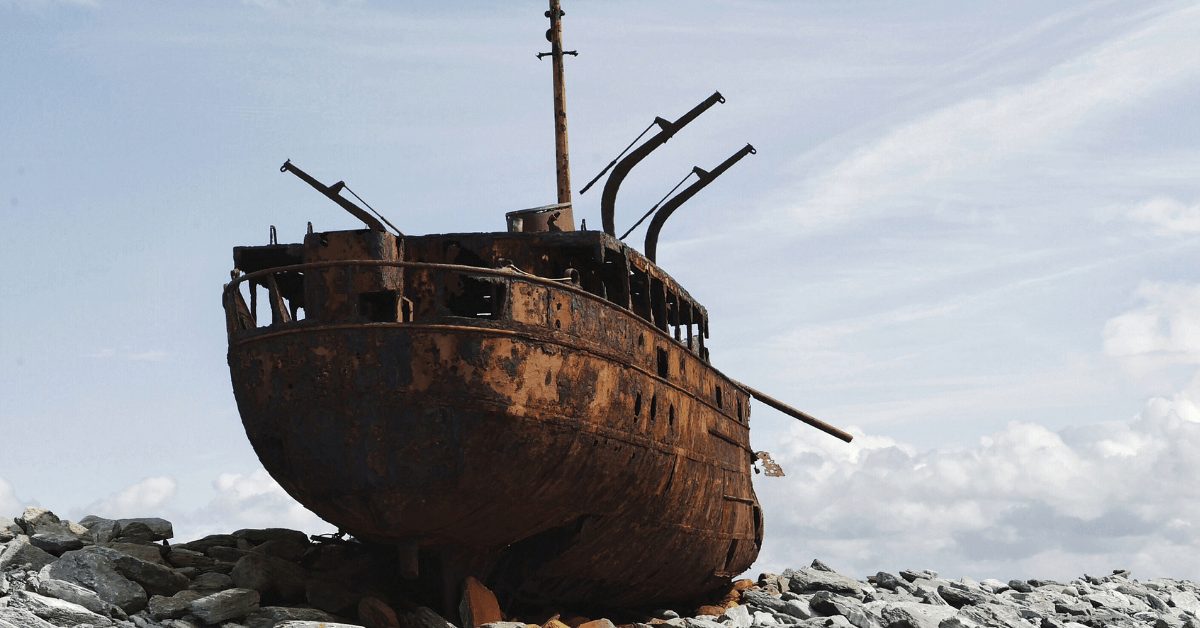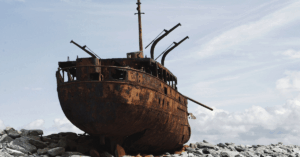
Marina Starovoitova Becomes World’s First Woman To Captain Nuclear Icebreaker
August 25, 2025
Nearly 80% Of Whale Sharks In Indonesia’s West Papua Have Human-Caused Scars
August 25, 2025

A Portuguese ship carrying a massive treasure to India more than 500 years ago has been discovered in the desert of Namibia, making it one of the most thrilling archaeological finds in recent history.
The ship, identified as Bom Jesus (The Good Jesus), left Lisbon on March 7, 1533, but mysteriously disappeared during its voyage. Its wreck was finally uncovered in 2008, buried under the sands of Namibia’s restricted diamond mining zone, also known as Sperrgebiet or “forbidden territory.”
The discovery was made accidentally during diamond mining operations, when workers came across remains of a wooden hull and scattered artifacts. Further excavation revealed an astonishing treasure: 2,000 pure gold coins, bronze bowls, thousands of pounds of copper ingots, swords, muskets, astronomical tools, compasses, silver coins, long metal poles later identified as canons, and even what researchers described as a time capsule.
According to archaeologists, the Bom Jesus was heavily loaded with gold and copper ingots when it sank. Experts believe the ship was caught in a violent storm off the Namibian coast, which dragged it dangerously close to shore.
The hull struck a rock, tilted, and rolled over onto its side before sinking. Over the centuries, shifting waters caused the wreck to reappear in the desert sands.
Dr. Dieter Noli, chief archaeologist of the Southern Africa Institute of Maritime Archaeological Research, said the Namibian coastline had long been known for fierce storms, so finding wrecks was not unusual.
The condition of the wreck suggests it went down in extremely harsh weather. Interestingly, very few human remains were found, leading researchers to believe that most of the crew either escaped the wreck or perished at sea.
Archaeologists also found a musket estimated to be about 500 years old, alongside other items that confirmed the ship’s origin. These artifacts provided vital clues that the wreck was indeed a 16th-century Portuguese vessel.
Maritime experts say the Bom Jesus was most likely headed for western India, as Portuguese fleets of the time regularly sailed from Lisbon around the southern tip of Africa to India. The ship is believed to have been part of a new class of larger, stronger vessels built to survive long-distance voyages during the Age of Discovery.
References: india.com, greekreporter
Source: Maritime Shipping News


